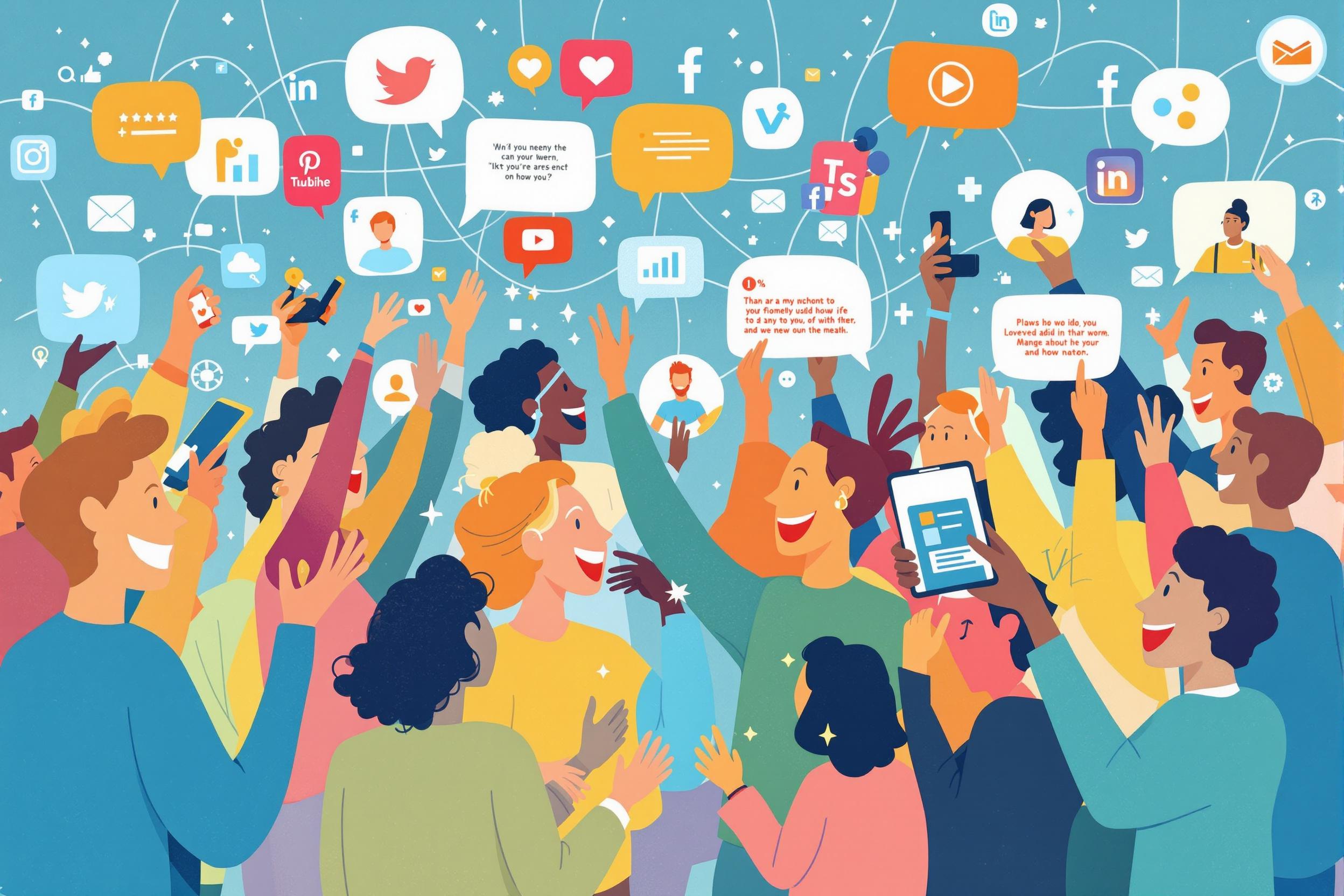
Data Storytelling
Data Storytelling is the skill of explaining complex data findings in a clear, engaging way that non-technical people can understand. It's like being a translator between numbers and real-world meaning. People who are good at data storytelling take charts, statistics, and analysis results and turn them into compelling presentations or reports that help business leaders make decisions. They combine data analysis with visual design and communication skills to explain what the data means and why it matters. This is different from just showing charts - it's about creating a narrative that helps everyone understand the business impact of the data.
Examples in Resumes
Created Data Storytelling presentations that helped executives understand customer behavior patterns
Used Data Story techniques to explain complex market trends to stakeholders
Led Data Storytelling workshops to help team members better communicate analytics results
Typical job title: "Data Storytellers"
Also try searching for:
Where to Find Data Storytellers
Online Communities
Professional Networks
Learning Resources
Example Interview Questions
Senior Level Questions
Q: Can you describe a time when you had to change your data presentation approach because the audience wasn't understanding the message?
Expected Answer: Look for answers that show experience in adapting communication styles, understanding different audience needs, and successfully conveying complex information in simpler terms.
Q: How do you decide which data points are most important to include in a story?
Expected Answer: Strong answers should discuss methods for identifying key business metrics, understanding stakeholder priorities, and experience in filtering out unnecessary information to maintain focus on crucial insights.
Mid Level Questions
Q: What visualization tools have you used, and how do you choose which type of chart to use?
Expected Answer: Should demonstrate knowledge of common visualization tools and basic principles of choosing appropriate charts for different types of data and messages.
Q: How do you structure a data story to maintain audience engagement?
Expected Answer: Look for understanding of narrative structure, ability to create logical flow, and experience in keeping presentations focused and relevant to business goals.
Junior Level Questions
Q: What's the difference between showing data and telling a story with data?
Expected Answer: Should understand that data storytelling involves context, narrative, and clear conclusions rather than just presenting raw numbers and charts.
Q: How do you ensure your data presentations are understood by non-technical audiences?
Expected Answer: Should mention using simple language, providing context, using relevant examples, and checking for audience understanding.
Experience Level Indicators
Junior (0-2 years)
- Basic data visualization creation
- Simple presentation skills
- Understanding of basic charts and graphs
- Clear written communication
Mid (2-4 years)
- Advanced visualization techniques
- Presentation design principles
- Audience analysis
- Story structure development
Senior (4+ years)
- Complex data narrative creation
- Executive presentation experience
- Training and mentoring others
- Strategic communication planning
Red Flags to Watch For
- Unable to explain complex concepts in simple terms
- Poor presentation skills or communication ability
- Lack of experience with visualization tools
- No examples of adapting content for different audiences
Related Terms
Need more hiring wisdom? Check these out...

The Cryptic Secrets of Data-Driven HR: Metrics that Actually Matter (and Some That Might Make You Laugh)

Beyond Spreadsheets: Why Executive Dashboards in ATS Systems Are Your Secret Hiring Weapon

When Your Team Sells You Better Than Marketing Ever Could: The Power of Employee Advocacy

